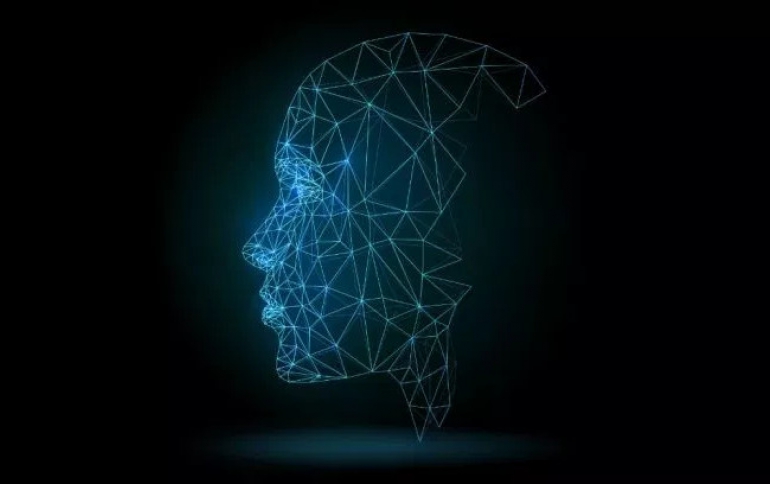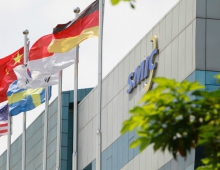
Chinese Surveillance Firm Tracking Millions Of People
China is tracking the locations of almost 2.6m people in its north-west region of Xinjiang, where Uighurs and other Muslim minorities are under a police lockdown.
An online database containing names, ID card numbers, birth dates and location data was left unprotected for months by Shenzhen-based facial-recognition technology company SenseNets Technology Ltd, according to Victor Gevers, co-founder of non-profit organization GDI.Foundation.
The data also showed about 6.7 million GPS location data points linked to the people which were gathered within 24 hours, tagged with descriptions such as “mosque”, “hotel,” “internet cafe” and other places where surveillance cameras were likely to be found.
Gevers said that the database was open and anyone without authentication, and that the GDI.Foundation alerted SenseNets to the vulnerability. He said SenseNets has since taken steps to secure the database.
According to its website, SenseNets works with China’s police across several cities. SenseNet’s website has displayed a default empty web server page for months, but in 2017 it explained in Chinese that:
Face recognition is performed on real-time video captured by HD cameras, which compares black and white lists, confirms identity, and implements alarm, tracking, and disposal functions.
SenseNets’ parent company NetPosa claims on its website to have almost 2m surveillance cameras online, 1.4m of which are in use. Its website also reveals the company has a branch in Xinjiang.
The Chinese government has launched personal surveillance in Xinjiang over recent years, including the construction of an extensive video surveillance system and smartphone monitoring technology.
This strict surveillance scheme is targetting mostly Muslim Uighur minority and other Muslim groups who call Xinjiang home. Over the past two years Beijing has placed more than 1m Muslims in detention in internment camps in Xinjiang, putting the region in lockdown.
Facial recognition technology in China also has its darker, more authoritarian side. Government agencies including its Ministry of Public Security are building a facial recognition system, nicknamed Skynet, that would eventually cover China’s entire population of well over a billion people. It will achieve 100% coverage in “key public areas” next year, according to official government documents.
Chinese police are already using augmented reality glasses to scan and recognise faces, enabling them to quickly identify and apprehend suspects. Schools are planning to use facial recognition to ensure that children attend class and check that they’re paying attention.
China has also introduced facial recognition technology that tracks people’s movements and predicts how likely they are to commit a crime – Minority Report-style.





















